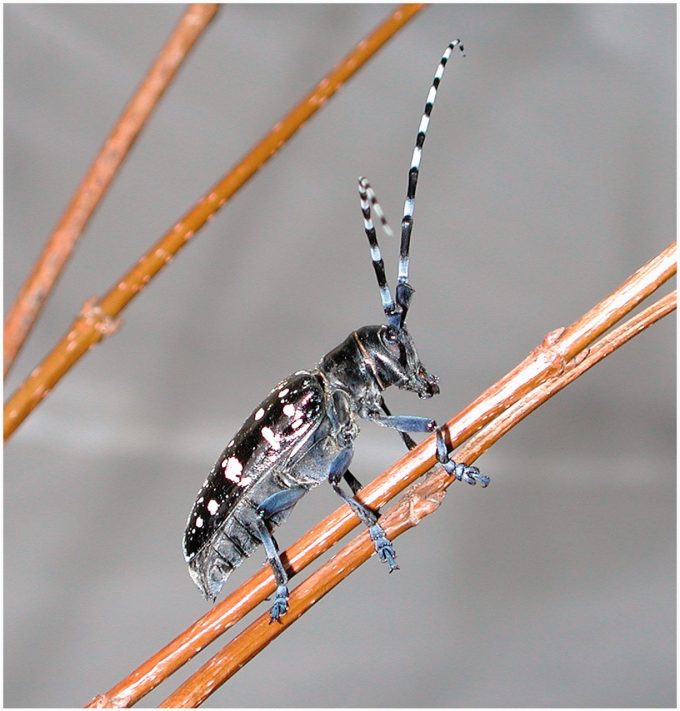'Liner panic' as new container production hits a post-Covid peak
Container output reached 521,000 teu last month – a post-Covid peak, according to Linerlytica today. And ...

A renewed focus on equipment has seen a pandemic-driven growth in the number of containers circulating; but also a warning about the dangers of invasive species carried on internationally transported boxes.
More boxes could mean a higher risk of transporting unwanted organisms, but would also help ...

Comment on this article